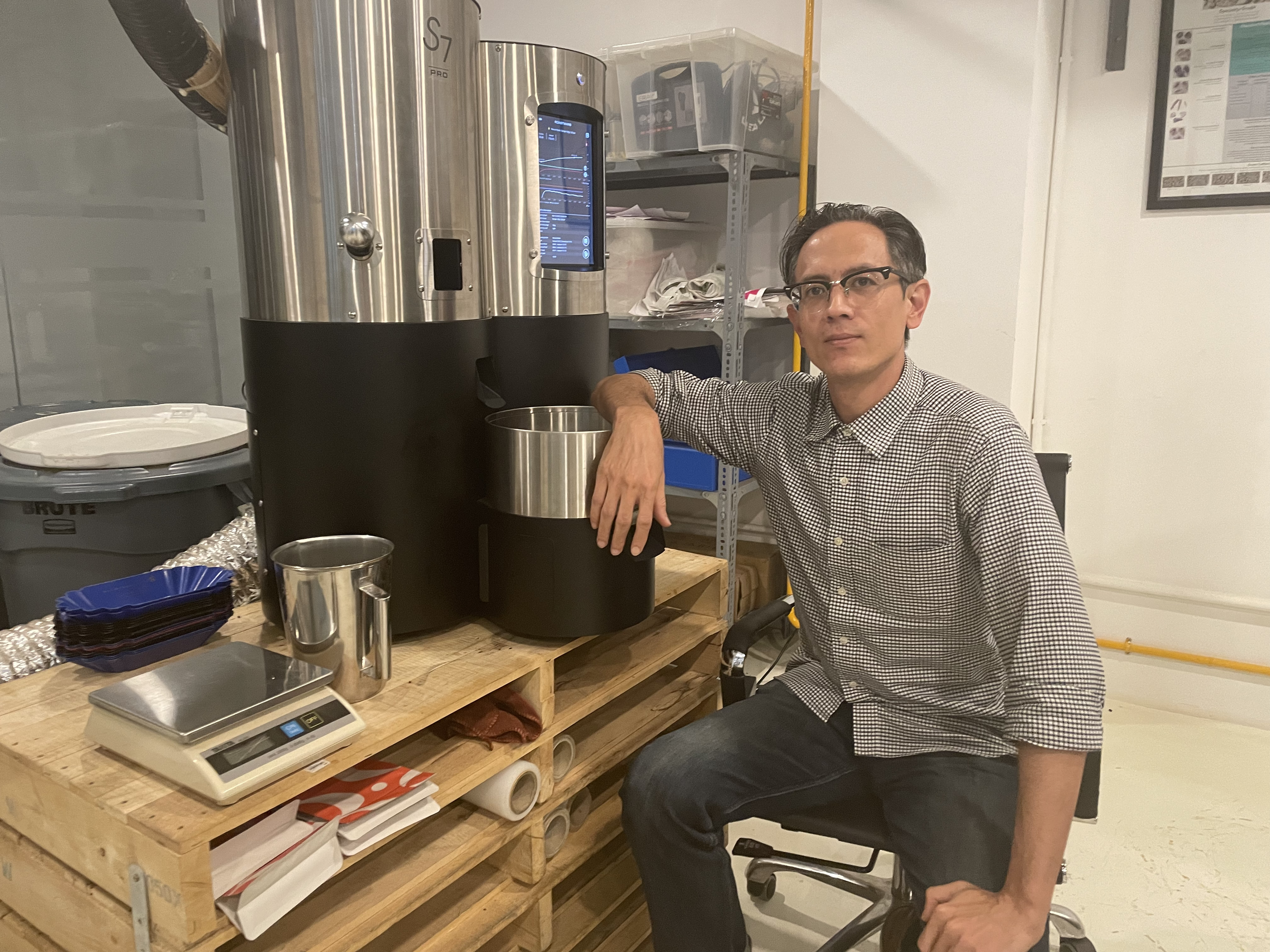Stronghold Love, Part II
“Your S7 is on its way,” was all it took to make me giddy with excitement, a feeling I hadn’t experienced since that Christmas long ago when I got my first SNES. John Lee (Stronghold’s International Business Development Manager) was eager for me to get started with it, as it would be Vietnam’s first Stronghold S7 Pro, and it would be the first machine visitors would see when they entered Building Coffee’s first iteration as a co-roasting space. As a part of our lineup of machines and resources, per-hour rental of the S7 would give our members a low-cost way to try out this completely new type of roasting machine.
We had other ways to complete sample roasts, but the S7 made it really easy for us to manage our nearly-constant stream of green coffees needing assessment. I had recently gotten a bit miffed about a certain small format sample roaster’s way of shutting end users out of the repair and maintenance part of “ownership,” requiring us to pack up and ship the machine to the nearest authorized service center rather than shipping small, wear and tear components out to competent user-owners to replace themselves. The S7, however, is a breeze for maintenance and repairs. I’ve replaced normal wear and tear components (heat elements, motors), along with updates and improvements to components, all with no trouble at all over the few years I’ve had the machine. Think about all the time (and shipping fees, duties, and taxes) you’re able to save when you don’t have to ship the machine off every time something starts to squeak weirdly.
Using the roaster required a bit of trial and error at first, but one of my favorite features allowed me to easily replicate the good things I had learned and minimize trial and error. I’d marked each batch’s label with the time stamp, which allowed me to go back into the roaster’s history to replicate the ones I liked (and ignore the ones I’ve disliked), edit, and rename them for easier lookup. There’s also a folder based organization function that allows me to group profiles for later use. I find the automation to be extremely consistent, as long as warmup and batch size are the same. Replication and auto profile override allowed me to cut my learning curve quite a lot, so if there was a good profile that needed a little more or less development, I could override at any point and take it over manually.
A couple of findings (so far):
Agitation Speed - This is similar to a classic drum roaster’s drum speed setting. It will allow the user to control the speed of convective and conductive heat transfer, and may be useful for those who play with that parameter on other machines. I usually keep it set to the corresponding batch size, with a pretty easy “code”: 500g of green coffee, agitation setting at 5 +/- 1 (relative to density); 600g green coffee, agitation setting at 6 +/- 1. When I first started using the S7, I used to fiddle with this variable a lot during the roast, and found it to have quite a big effect on the RoR (rate of rise, based on the bean probe temperature). So rather than find the perfect changes to make mid-roast, I settled on the most reliable setting for the batch size and kept it constant. The subsequent roasts performed much more predictably.
Halogen - Although I don’t completely understand it, this variable seems to have a significant effect on inner bean development. When I roast with Halogen set to a low value (1 or 2) vs a high value (tracking with, but not necessarily the same as, the Hot Air value), I notice that the coffees with more Halogen heat are more evenly developed (and of course tend to be faster roasts, maintaining more momentum towards the end). My main preference regarding its use is to start at or near the same setting as Hot Air in the beginning of the roast and step it down more quickly than the Hot Air adjustments, usually reaching a minimum setting mid-roast. Keeping the Halogen setting relatively high throughout the roast often resulted in roast-related dryness and bitterness, but roasting with it on a minimum setting didn’t hit the inner bean development targets I wanted. My main take is that it’s necessary, but at medium to lower values.
Once I settled on a heat setting regimen I found that, in general, my roasts on the S7 tended to be better developed (even at light roast levels), and the coffees roasted for espresso displayed better body and balance than similar roast levels done on other machines. This is likely due to the halogen heat source, but that’s just based on correlation for me so far.
I could probably go on forever about the S7 but I’ll spare you for now while I go back to more testing and learning.


